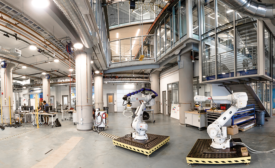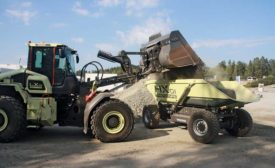Construction technology
Unlocking the Construction Data Treasure Chest
Mobilizing managing and linking construction industry data via the cloud opens a world of possibilities
Read More
The latest news and information
#1 Source for Construction News, Data, Rankings, Analysis, and Commentary
JOIN ENR UNLIMITEDCopyright ©2024. All Rights Reserved BNP Media.
Design, CMS, Hosting & Web Development :: ePublishing













